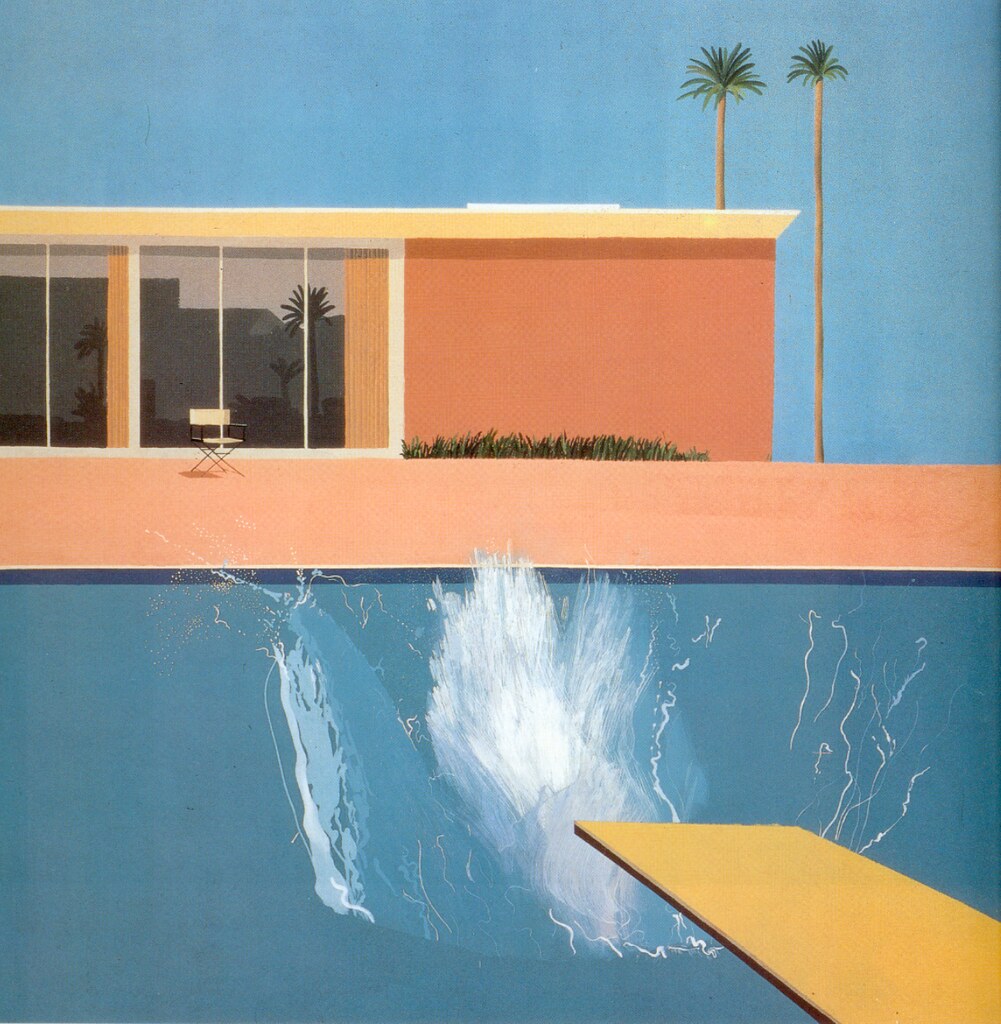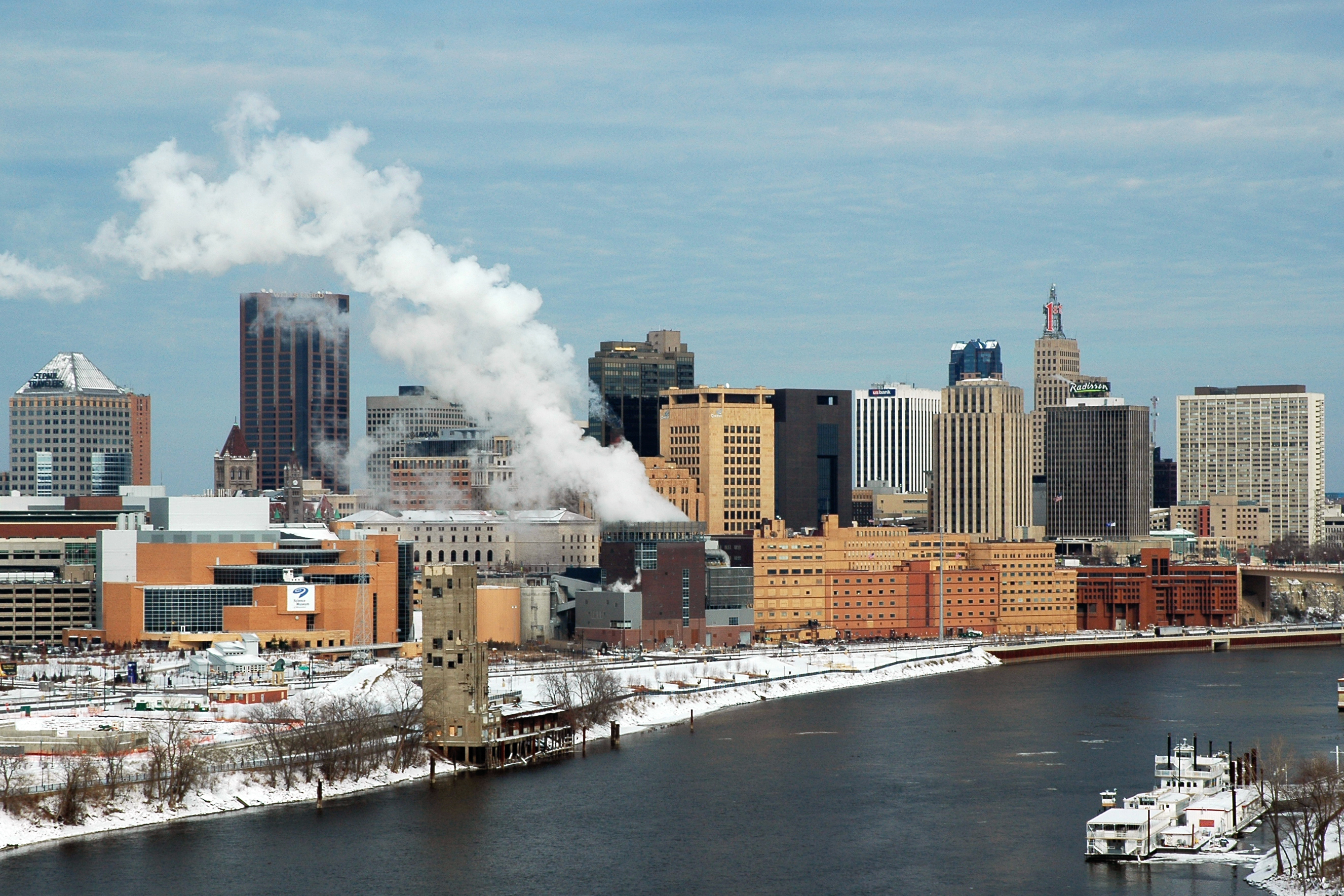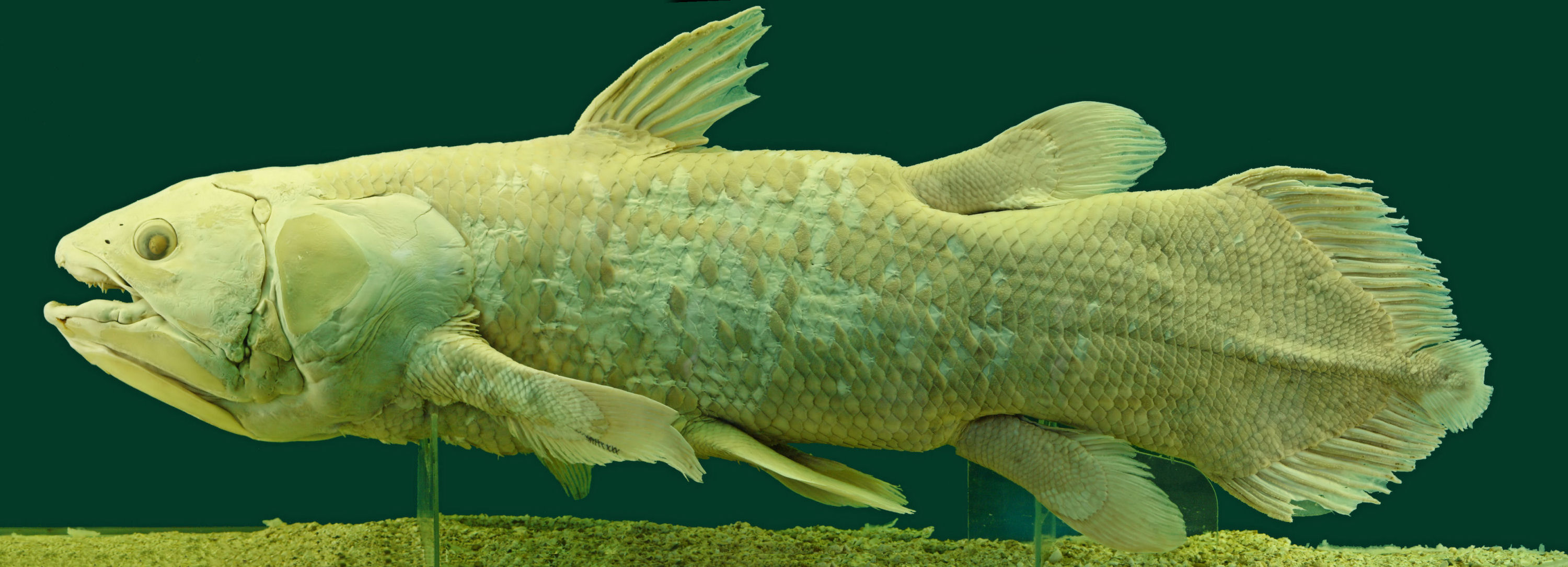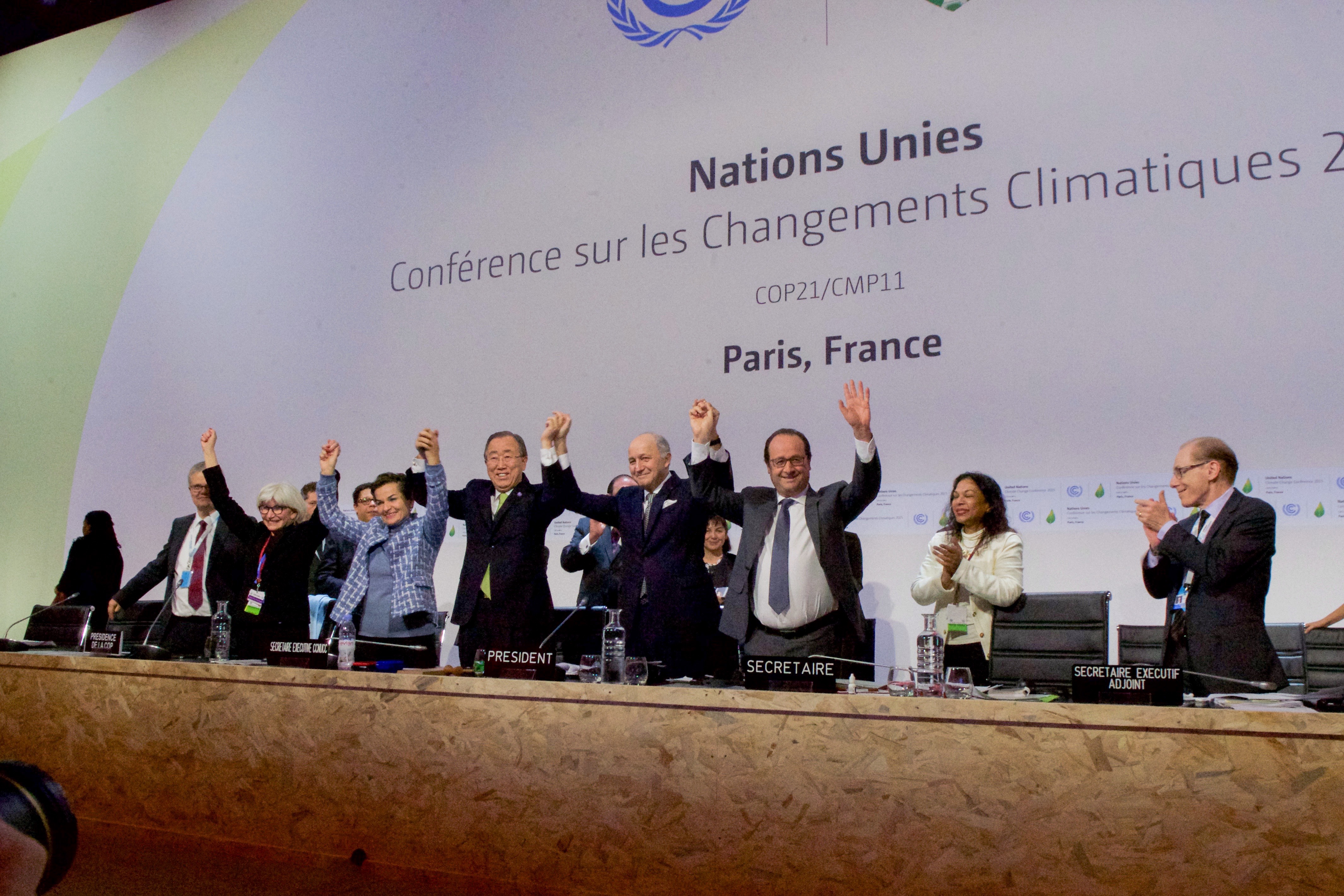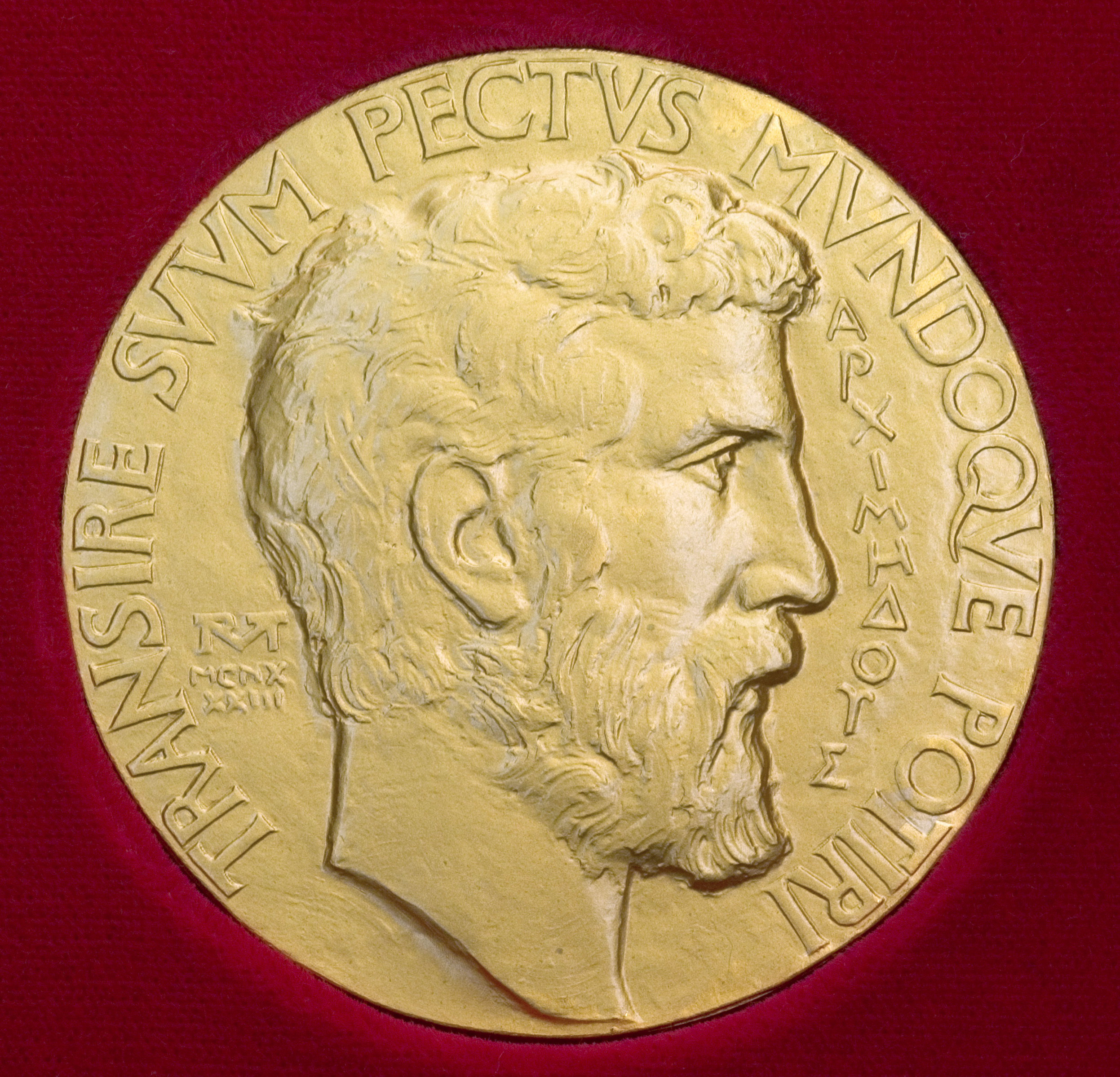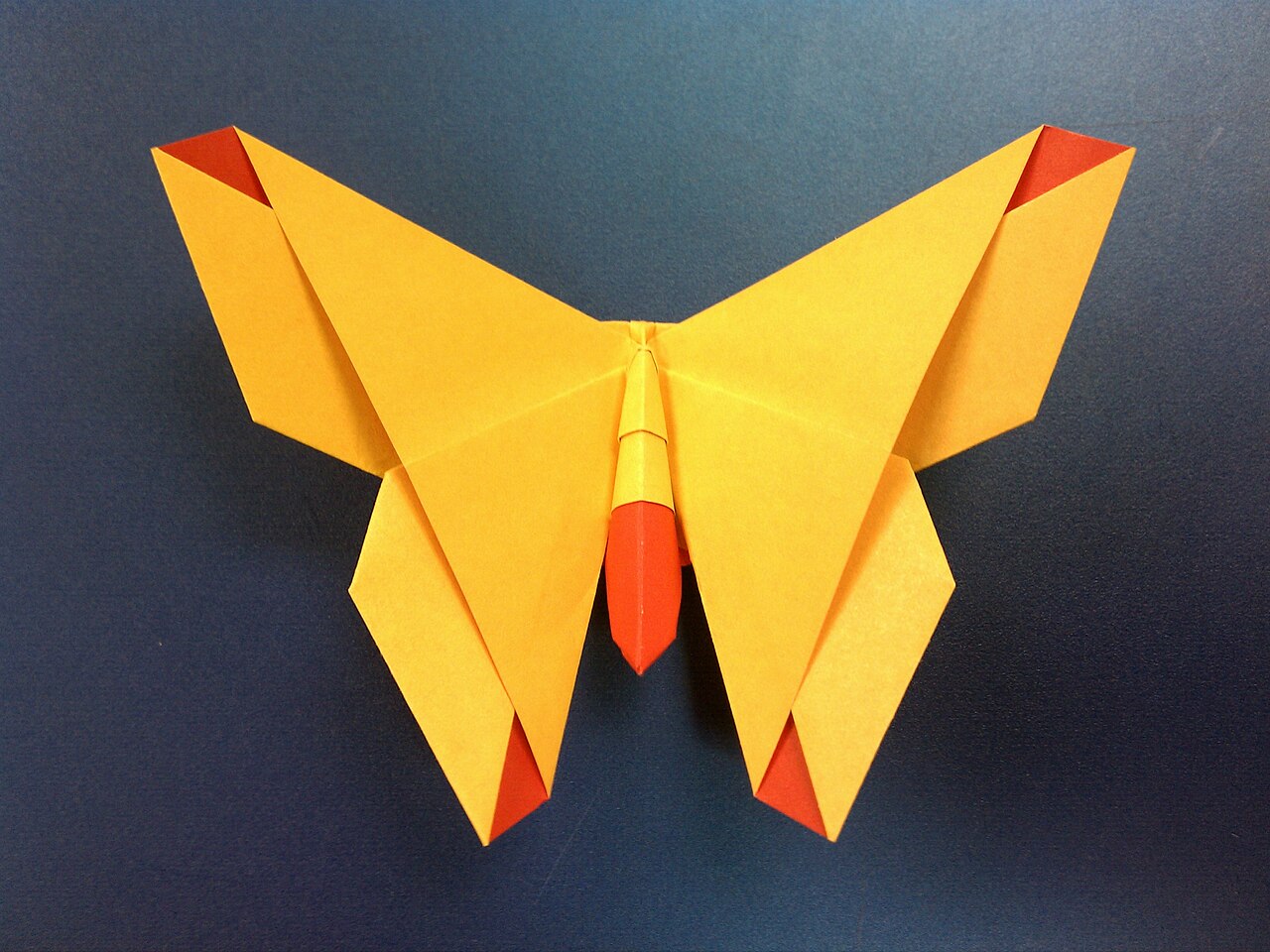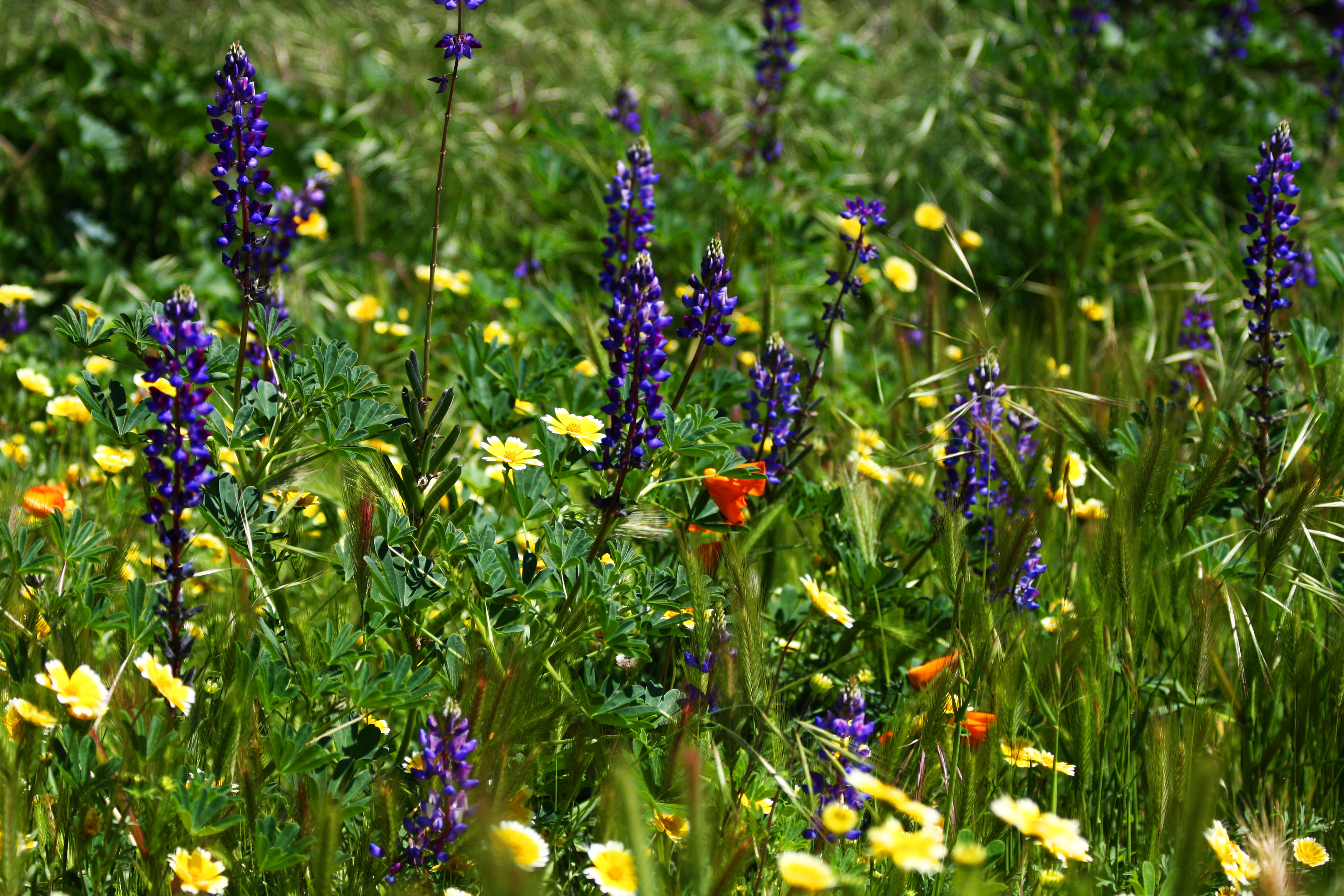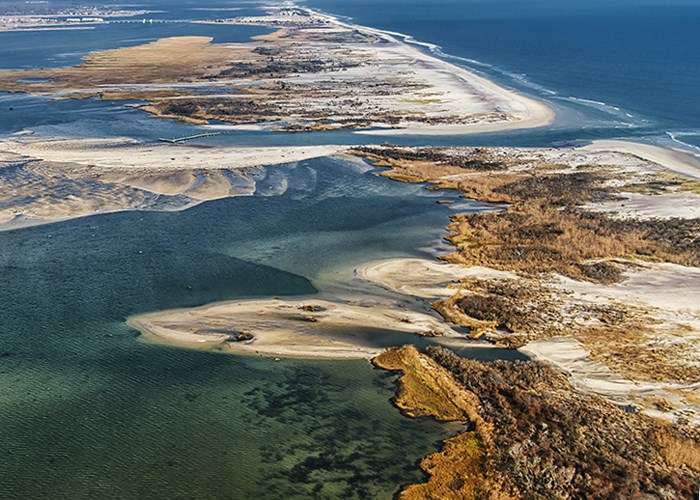Climate Change
Sustainability
Ed Hessler
In November 2020, the United States will withdraw from the
Paris climate agreement of 2015.
This is about politics.
Christiana Figueres and her colleagues in a
commentary in Nature note that 2020 is an important date in climatology for reasons of the physics of the atmosphere. They write, "should emissions continue to rise beyond 2020, or even remain level, the temperature goals set in Paris become almost unattainable." They launched Mission 2020 in an effort to "bend the greenhouse-gas emissions curve downwards by 2020."
This is about the future of the planet.
When the comment in Nature was written, the convenors of Mission 2020 called on
G20 leaders to "highlight the importance of the 2020 turning point for greenhouse gas emissions." Nineteen of them did. The G20 summit in Hamburg, Germany
went as expected (G19 + 1) not only on climate but also other world issues (but see below). The rest of the world has decided to move on without U. S. support and in addition to forging new trade and diplomatic relationships.
An aside. The G20 provided this visual definition of
fungible.
The aim of the Paris climate agreement was to achieve a less than 2 degree Celsius increase in temperature. The world is currently courting a 1 degree Celsius (1.8 degree Fahrenheit) increase from historical norms. One reason that this might be achievable is that worldwide carbon dioxide emission levels have flattened. According to Figueres et al noted that there have been three previous instances of flattening emissions but these--1980s, 1992, and 2009 were due to global economic difficulties. The current one is due to "decoupling from production and consumption."
This is due to the use of carbon-free energy resources. A fossil-fuel free economy is clearly possible and growing. It is also profitable and a job creator.
Figueres and her colleagues recommend six milestones to help establish priorities, noting that the "goals may be idealistic at best, unrealistic at worst." They are relying on human ingenuity on getting the world to the Paris climate recommendation. There are six sectors and I briefly describe them below (for necessary details see the link to the commentary above).
Energy: renewable energy sources supply 30% of the world's energy. Existing coal-fired power plants are in retirement phase and no new ones are to be constructed.
Infrastructure: "Cities and states have initiated action plans to fully decarbonize buiilding and infrastructures by 2050...."
Transport: Electric vehicles represent at least 15% of new car sales. There are increases in the efficiencies of heavy-duty vehicles, decreases in greenhouse-gas emissions by airplanes, and a doubling in mass transit use in cities.
Land: Reduction in forest destruction and increases in reforestation and afforestation. Sustainable agriculture practices increase the ability of healthy soils to take up carbon-dioxide.
Heavy Industry: Halving of carbon emissions well ahead of 2050.
Finance: "Green bonds' to finance climate-mitigation and the use of capital for climate action.
Three things must be done to move these changes along.that can be done: the use of science to make evidence-based decisions, quick scaling up with the aim of "achieving 100% renewable energy production, and plain, simple encouragement, that is, shouting, believing that this is doable. The changes Figueres
et. al. requires agility and swiftness, including collaborations among "unusual partners."
Can it happen? Maybe. Maybe not.
1 I look at Mauna Loa carbon dioxide data occasionally and am stunned every time. The needle on that great dial is going
in the wrong direction and as one watcher wrote on Real Climate (July 2, 2017) recently, “It seems
tragi-comic to read news stories about how we only have three years to get
emissions under control. There is nothing in the atmospheric CO2 record to
suggest we can or will do that.” You might want to read this twice. And yes, global emissions have stalled somewhat. Below are some carbon dioxide data expressed in part per million (ppm).
June 2017: 408.84 ppm; June 2016
406.81ppm. July 5 2017 409.05 ppm; July 5 2016 405.40 ppm.
How can one read these and not recall the words of former NASA and Columbia University climate scientist guru, James Hansen? “If humanity wishes to preserve a
planet similar to that on which civilization developed and to which life on
Earth is adapted… CO2 will need to be reduced… to at most 350 ppm.” We zipped past that target in ~
1990 and it was only recently that a new number appeared on the dial: 400 ppm
(September 2016), an increase of 50 ppm.
It
is impossible not to wonder whether it is possible to turn back this
meter reading (at all or in an important way). James Hansen referred to
the Paris climate talks as a fraud and his comments are worth reading. Ambassador John Kerry disagreed.
Dino Grandoni, writing for WaPo writes this about the final declaration signed at the G 19 + 1, "
Of course, the final written declaration is just that — words. The real test of the Paris agreement, and of the resolve of the world minus the United States to stick to it, will come if and when nations actually ratchet down emissions."
A recent piece in New York Magazine by David Wallace-Wells, The Uninhabitable Planet, a worst-case climate change scenario, resulted in sharp responses. The debate is whether Wallace-Wells went too far and is needlessly scaring readers or whether the picture he paints is accurate.
In one response, Joe Romm, Think Progress wrote, "The first point to be made is that if you aren't hair-on-fire alarmed about climate change and America's GOP-driven climate and energy policies, then you are uninformed (or misinformed)."
Romm is very clear about the fact that "we are not doomed. If the nation and the world were to adopt a WWI-scale effort, we could certainly keep total global warming 'well below 2 degrees C' (3.6 degrees F), which scientists--and the nations of the world--recognize as the threshold beyond which climate change rapidly moves from dangerous to catastrophic." We have made a choice "to be doomed."
Romm urges us to read the Wallace-Wells essay. Please read the response of Michael Mann, a Pennsylvania State University climate change expert.
The link above to James Hansen includes links to at videos and commentary with Hansen and his granddaughter, Sophie Kivehan who is one of 21 young people and her grandfather who are suing the U. S. Government on violating the constitutional right to life, liberty, the pursuit of happiness, and property due to climate change.
Science. Politics. Sloth.







